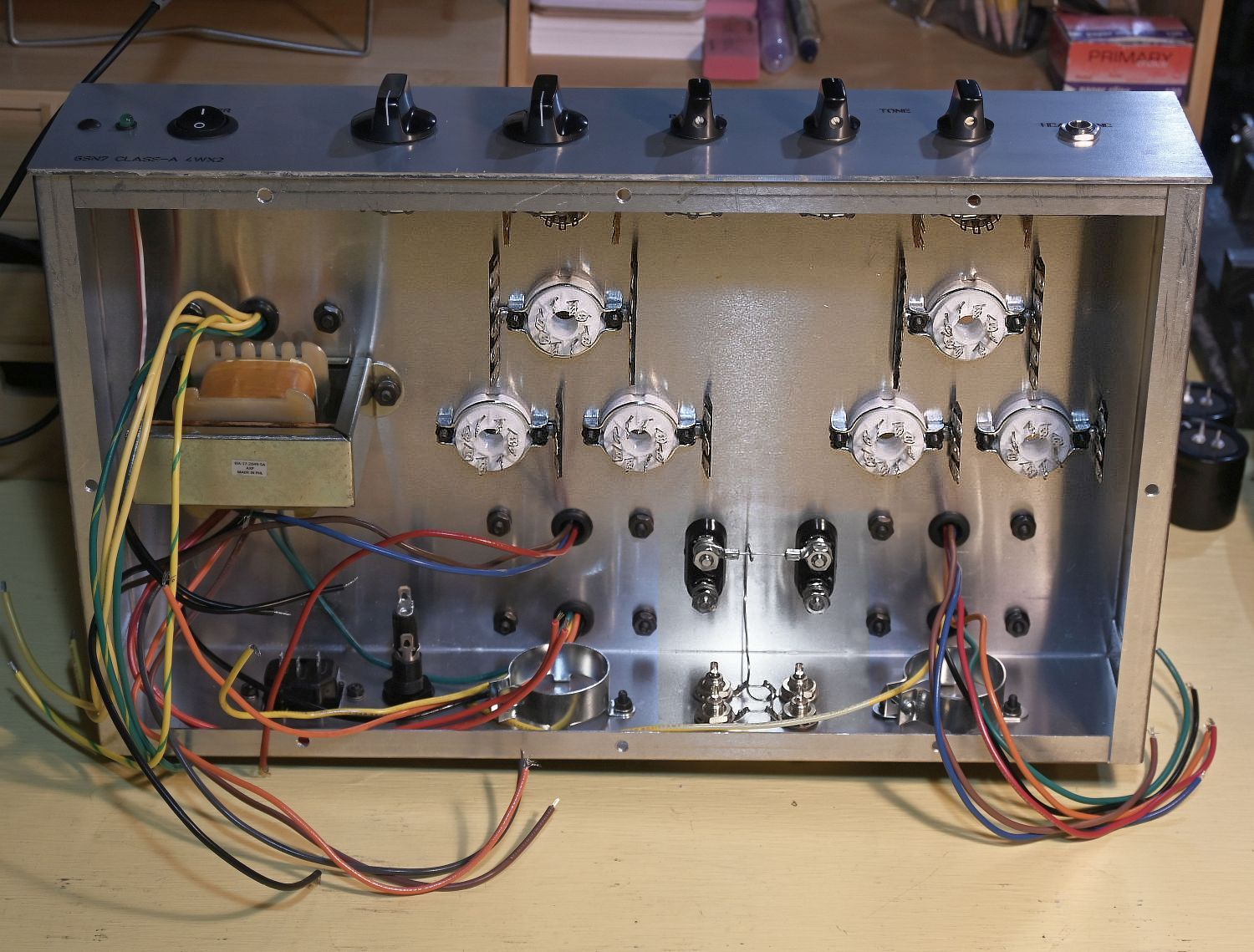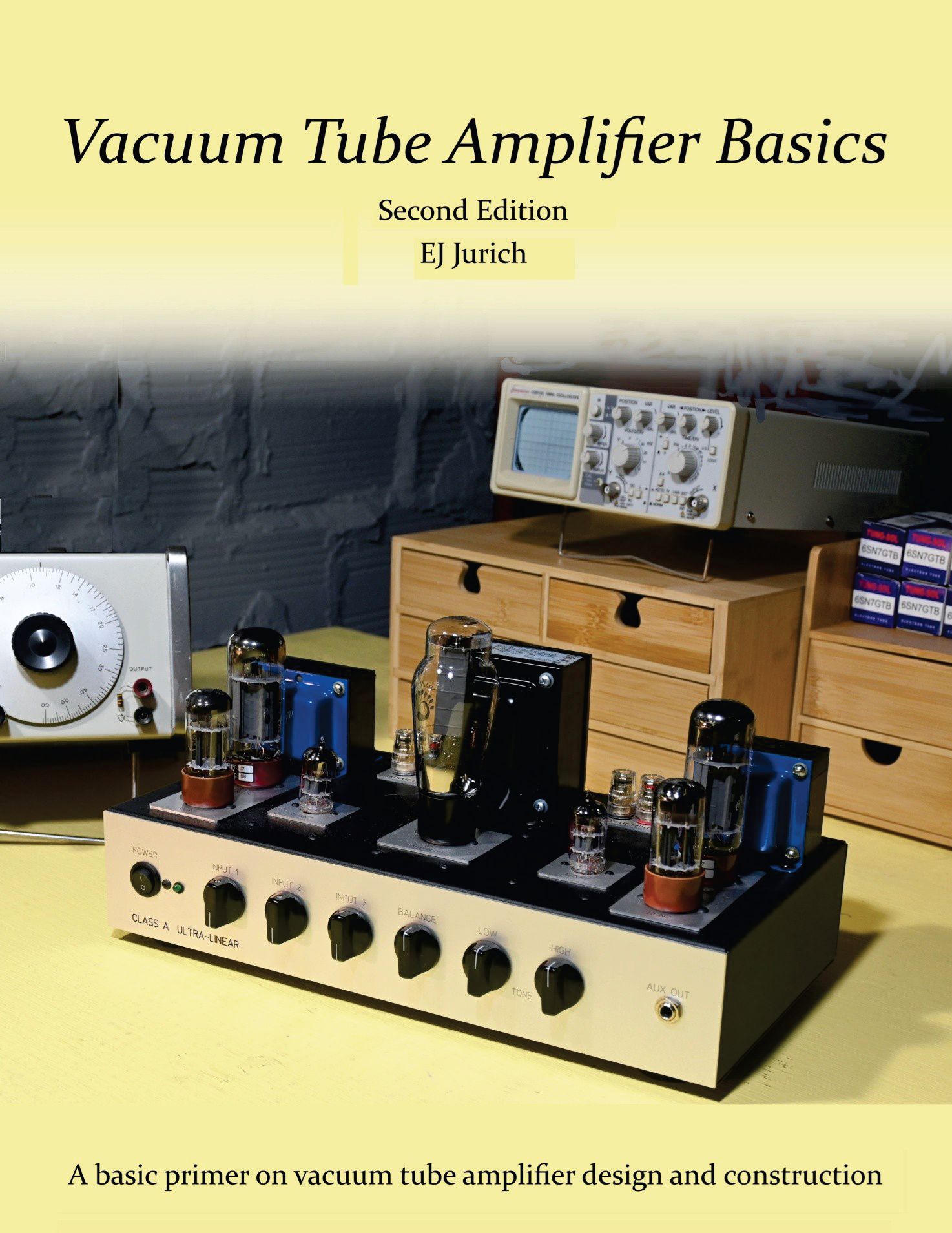
.


This is the home page for
EJ Jurich
author of the book
Vacuum Tube Amplifier Basics

This project is to see if a four-watt-per-channel amplifier using 6SN7s as output tubes is practical.
6SN7 Amplifier Project


This current version of the book includes technical information from previous versions plus a more detailed example of amplifier design and assembly. Using a concise format, 110 reference pages cover technical information that pertains to vacuum tube circuits. Design examples take you through the steps of fabricating a traditional chassis layout and designing a Class A stereo amplifier (pictured on the book cover).
The file download version of the book Vacuum Tube Amplifier Basics has a price reduction of 50% for the month of July, 2025.
Using sound pressure levels to determine amplifier output wattage that produces audio levels below ear-damaging levels.
Why They Make Sense
Russell O Hamm paper, tubes versus transistors Class A & Class D Amplifiers Loudspeaker distortion Selecting capacitors for the best performance Amplifier damping factor Push-pull balance - W T Cocking Cathode follower output Amplifier design for tube rolling 12AT7 Balanced input Half-watt 6SN7 headphone amplifier

Danger High Voltage
be careful where you put your hands
© 2014 -
All Rights Reserved.
EJ Jurich
PO Box 3416
Des Moines, IA 50316

last update 07/06/2025
.